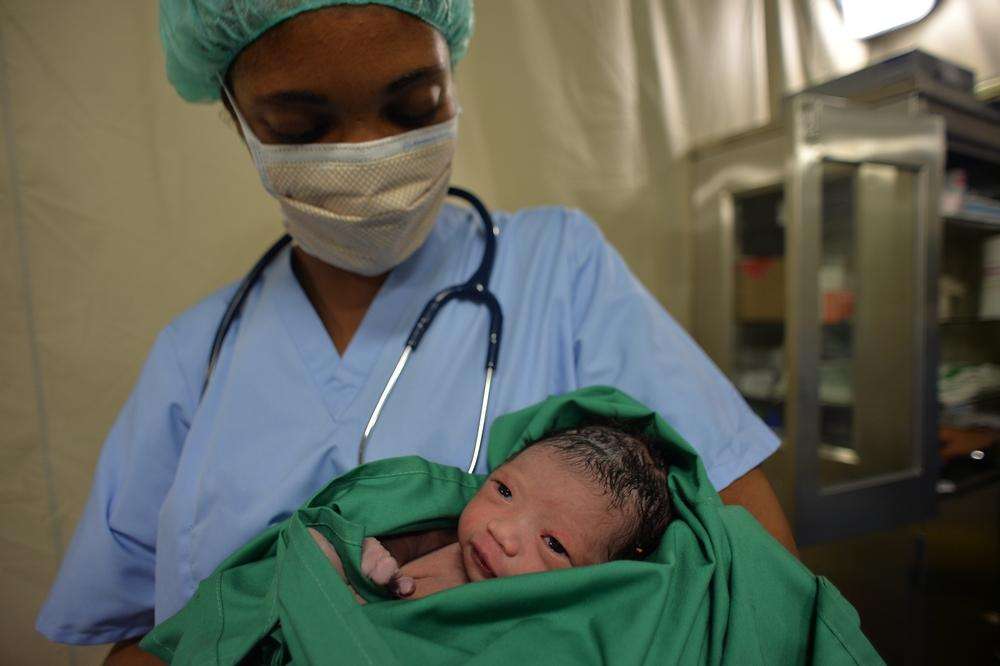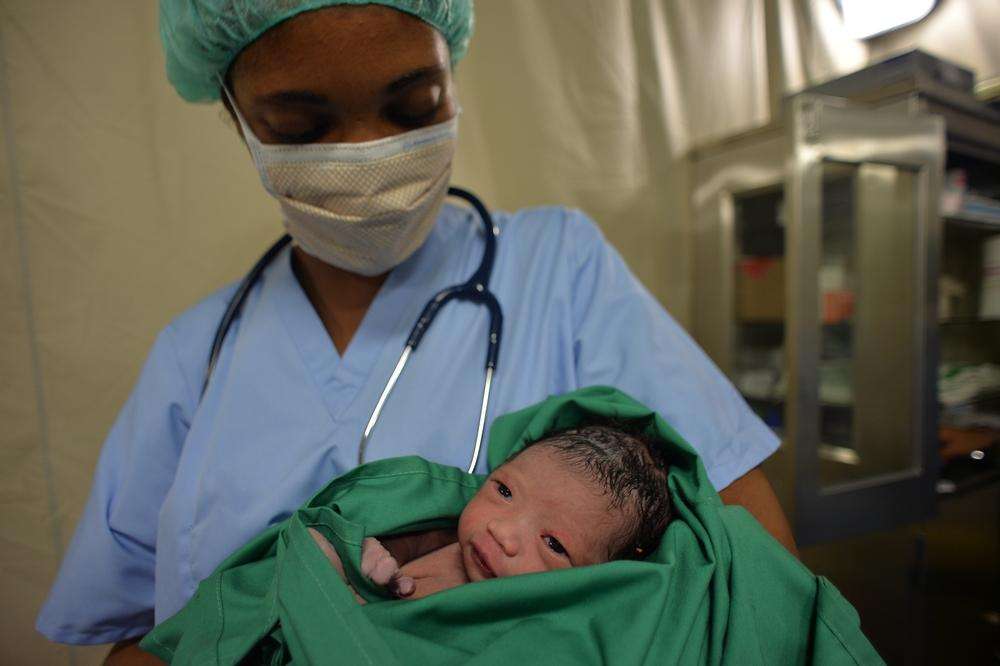In the aftermath of a disaster like Typhoon Haiyan, treating the injured is a priority. But it is also essential to offer the day-to-day medical care that damaged local health services are struggling to provide, says Doctors Without Borders/Médecins Sans Frontières (MSF) doctor Daniel Martinez Garcia. As part of its emergency response in the devastated city of Tacloban, MSF has set up a maternity ward and neonatal unit to provide specialized care for mothers and children.
Is it common for MSF to open a neonatal unit in an emergency response?
This is the first time that we have included a neonatal unit in our emergency response. This kind of service requires significant technical capacity, including electrical and medical equipment, staff with the right specialized skills, and a functional operating theater.
Probably due to the stress that people suffered as a result of the typhoon, there are more women with complicated pregnancies than there would be normally. We are one of the few organizations here able to offer antenatal care, Caesareans, and care for premature babies.
Have people’s medical needs changed over the month since the typhoon struck?
During the first two or three weeks after the typhoon the most seriously wounded were evacuated from Tacloban, leaving people with minor injuries only. In the weeks since then, there has been a return to a fragile normality.
It’s fragile because the electricity is still out, schools haven’t reopened, and the health system isn’t functioning. As everyday medical problems reappear, and emergency organizations start to leave, there is a need for the treatment of chronic illnesses and complications in pregnancy. So, in addition to surgery and emergency care activities, we also provide general outpatient consultations, inpatient care, maternity services, and the neonatal unit.
What are the risks associated with poor living conditions since the disaster?
Stress, dust, and a lack of hygiene have led to large numbers of patients with respiratory tract infections, especially children. A four-year-old girl with asthma was brought into the hospital in critical condition. She went into cardiac arrest and for nearly 15 minutes we tried to revive her. Finally she started to breathe.
How do you see MSF’s activities changing as the situation in the Philippines evolves?
I predict that more and more children will come for consultations. The people who were evacuated from Tacloban are starting to return to the city, so there are increasing numbers of children here. Today, we are seeing more and more children with chronic diseases, but also with malnutrition related to underlying conditions.
So far there have been no cases of malnutrition caused by a lack of food or hygiene due to the typhoon, but this may change in the coming weeks. We are monitoring the situation. The main challenge is to keep adapting our services to people’s needs.
MSF is providing medical and humanitarian assistance on three islands in the central Philippines that were battered by the typhoon. MSF supports hospitals in Tacloban and Burauen (on Leyte Island), Balasan (on Panay Island), and Guiuan (on Samar Island) with the aim of helping to restore normal medical services as quickly as possible. The support includes repairing damaged buildings; providing medical supplies, drugs and staff; and setting up an ambulance service.





